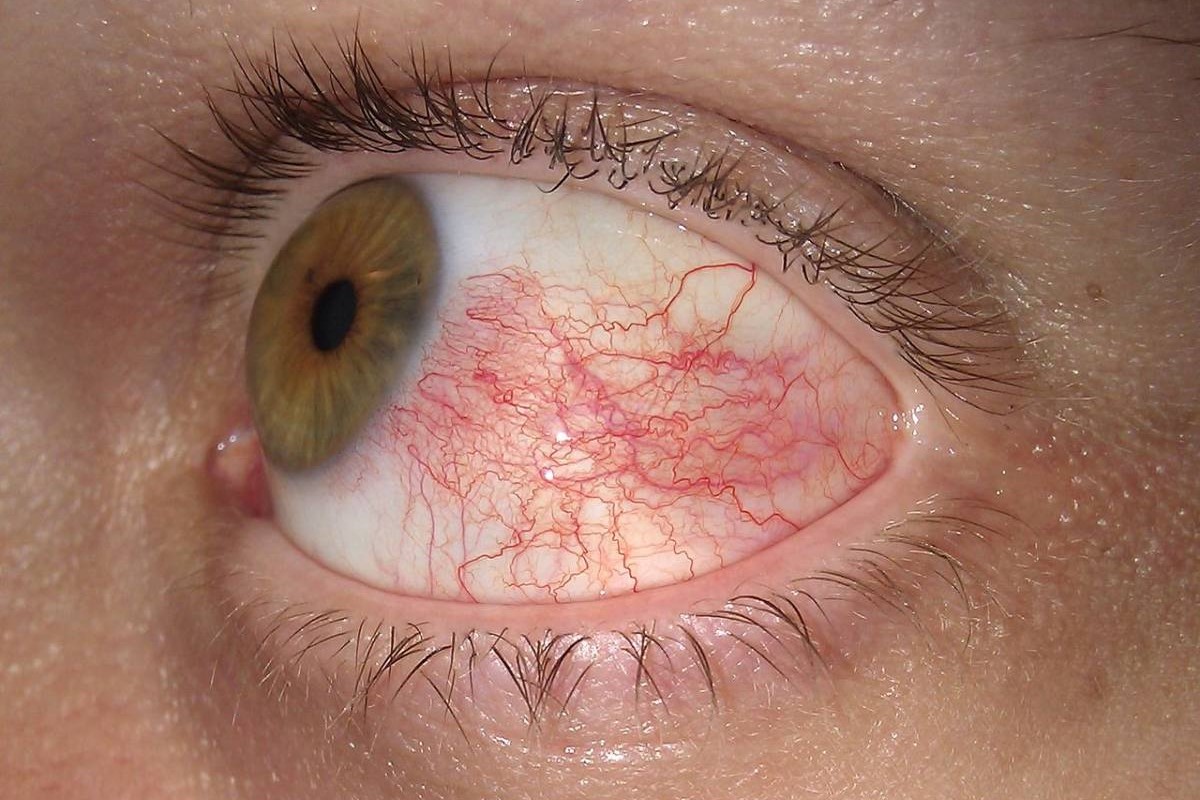
Inflammations of the eye: uveitis
Uveitis is an inflammation of the uvea, a thin, highly vascularised membrane located between the cornea and the sclera that consists of three parts called the iris, ciliary body and choroid
Inflammation of the uvea can have a variety of causes, including viral infections, rheumatic diseases, and trauma.
Uveitis can lead to temporary reductions in vision but, when not treated properly and in a timely manner, also to irreversible damage to the eye.
What is uveitis?
Uveitis is a generic term for various forms of inflammation affecting the uvea.
It is a rare eye disease that can affect people of all ages and even children.
If not diagnosed and treated in time, it can lead to serious vision problems up to blindness.
The inflammatory process in the uvea can affect only a single part of it (iris, ciliary body, choroid), but also extend to the sclera and retina.
Depending on which layer is affected, one speaks of anterior posterior or intermediate uveitis, while the term panuveitis refers to inflammation extending to both the anterior and posterior part of the uvea.
What are the causes of uveitis?
The causes of uveitis are varied and often difficult to identify.
They include: trauma, infections caused by pathogens such as Tuberculosis bacillus, Cytomegalovirus, Herpes virus, bacteria, fungi, parasites.
Other diseases of a rheumatological or autoimmune nature, such as Behcet’s disease, rheumatoid arthritis, sarcoidosis, can cause the immune reaction that triggers the inflammatory process.
Often, however, the causes of the disease are not obvious and one speaks in this case of idiopathic uveitis.
What are the symptoms of uveitis?
Uveitis can affect only one or two eyes, even simultaneously, and is mainly manifested by visual disturbances, redness, pain, photophobia, profuse tearing, and the appearance of black spots.
How to prevent uveitis?
The only prevention of uveitis is regular eye check-ups and early diagnosis.
It is a good idea to observe strict rules of hygiene, not touching your eyes with your hands unless you have washed them, if you live with a pet, pay attention to contact, taking care to disinfect any scratches, if you use contact lenses remember to wash your hands every time you wear them, clean them daily and throw them away when they have reached their expiry date.
Diagnosis
Diagnosis starts with a comprehensive eye examination, which includes: visual acuity examination, anterior segment assessment, eye pressure measurement, fundus oculi examination in mydriasis (pupil dilation).
It is necessary to identify the cause of the uveitis and for this reason the ophthalmologist may proceed to request further investigations such as blood tests and ocular or systemic instrumental examinations.
Treatments
The treatment of uveitis depends on the cause of the inflammation and can be local (eye drops) or systemic (oral or intravenous medication).
In infectious uveitis, therapy is aimed at eliminating the microorganism responsible for the disease through the use of
- antivirals if the uveitis is caused by viruses such as herpes virus, varicella, cytomegalovirus
- antibiotics if the uveitis is bacterial
- antimycotics if the uveitis is of fungal origin
- antimalarials in the case of toxoplasmosis, toxocariasis
- in the case of uveitis associated with a systemic autoimmune disease, the doctor may envisage therapy not only with cortisone but also with immune suppressant drugs.
- in selected cases, surgery may be necessary, especially in the presence of complications such as retinal detachment, glaucoma or cataracts.
Read Also:
Emergency Live Even More…Live: Download The New Free App Of Your Newspaper For IOS And Android
Corneal Keratoconus, Corneal Cross-Linking UVA Treatment
Myopia: What It Is And How To Treat It
Presbyopia: What Are The Symptoms And How To Correct It
Nearsightedness: What It Myopia And How To Correct It
Blepharoptosis: Getting To Know Eyelid Drooping
Lazy Eye: How To Recognise And Treat Amblyopia?
What Is Presbyopia And When Does It Occur?
Presbyopia: An Age-Related Visual Disorder
Blepharoptosis: Getting To Know Eyelid Drooping
Rare Diseases: Von Hippel-Lindau Syndrome
Rare Diseases: Septo-Optic Dysplasia
Diseases Of The Cornea: Keratitis


